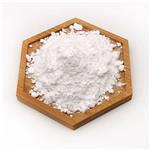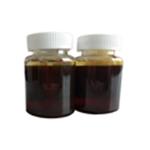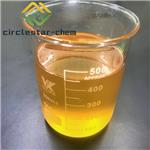Chemical Properties
Ethylmagnesium bromide is generally sold as a dark brown solution and can be dissolved in diethyl ether, butyl ether, isopropyl ether, THF and anisole.
Uses
Ethylmagnesium Bromide is a useful reagent in preparation of zirconium complexes having two phenoxy-imine chelate ligands for olefin polymerization.
Preparation
Ethylmagnesium bromide is commercially available, usually as a solution in diethyl ether or tetrahydrofuran. It may be prepared in the normal manner of Grignard reagents — by reacting bromoethane with magnesium in diethyl ether:
EtBr + Mg → EtMgBr
Reactions
Ethylmagnesium bromide reacts with water to produce ethane.
CH3CH2MgBr+H2O→CH3-CH3+Mg(OH)Br
Reaction of ethylmagnesium bromide with ethyl acetate in the presence of styrene and titanium(IV) isopropoxide as a catalyst leads to (Z)-1-methyl-2-phenylcyclopropanol in 42% yield.
General Description
Ethylmagnesium bromide, an organomagnesium compound, is commonly known as Grignard reagent. It is a powerful carbon nucleophile mainly used for C-C bond formation. Ethylmagnesium bromide solution (3.0 M in diethyl ether) can be used for copper(I)-catalyzed allylic substitution reaction.
Grignard reagents are organometallic compounds discovered by a French chemist, Victor Grignard in 1900. These compounds can be obtained as a formula “RMgX” by the reaction of halogenated hydrocarbons with magnesium metal in anhydrous solvents such as diethyl ether,1) and have been widely used in organic synthesis.
Hazard
Flammable, dangerous fire risk.
reaction suitability
reaction type: Grignard Reaction








